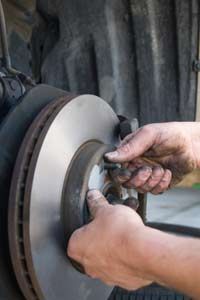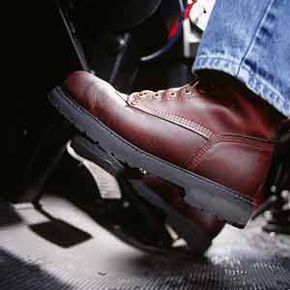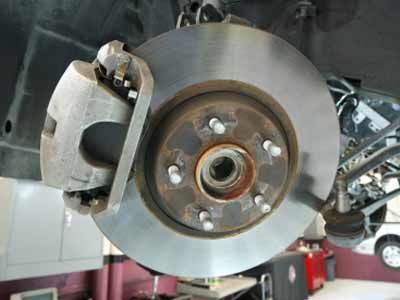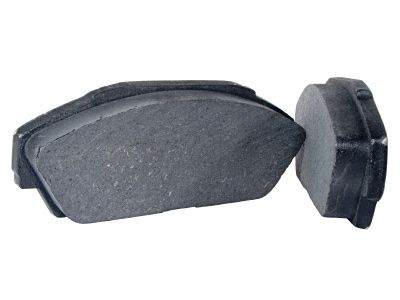One of the most common maintenance jobs performed on any vehicle is replacing the brakes. When they start to feel a bit squishy or begin to squeal, something must be done. Maybe you can swap out brake shoes yourself, or maybe you need to take it to the shop to get the job done. But what's holding all those brake parts together? If you're talking about drum brakes, the unsung heroes are the brake backing plates.
Brake plates are, according to the automotive glossary at AutoZone.com, "Stamped steel plates upon which the wheel cylinder is mounted and the brake shoes are attached; metal plates that serve as the foundation for the brake shoes and other drum brake hardware" [source: AutoZone].
Advertisement
Which means that without the backing plates, the brakes would have nothing to hold on to. In order for friction to stop the vehicle, the brake shoes must be firmly fixed -- that's where this particular brake part comes in.
There can be some confusion around the term "backing plate," as it can also refer to a part used in disc brake systems. The brake shoes in those systems have a backing plate to which the friction surface is glued or riveted. They are shaped like commas, whereas the brake backing plates found in drum brakes look more like shallow dishes with holes used for fasteners.
Now that we know where the backing plate is located and what it looks like, let's look a little further at the function of backing plates.
Advertisement




